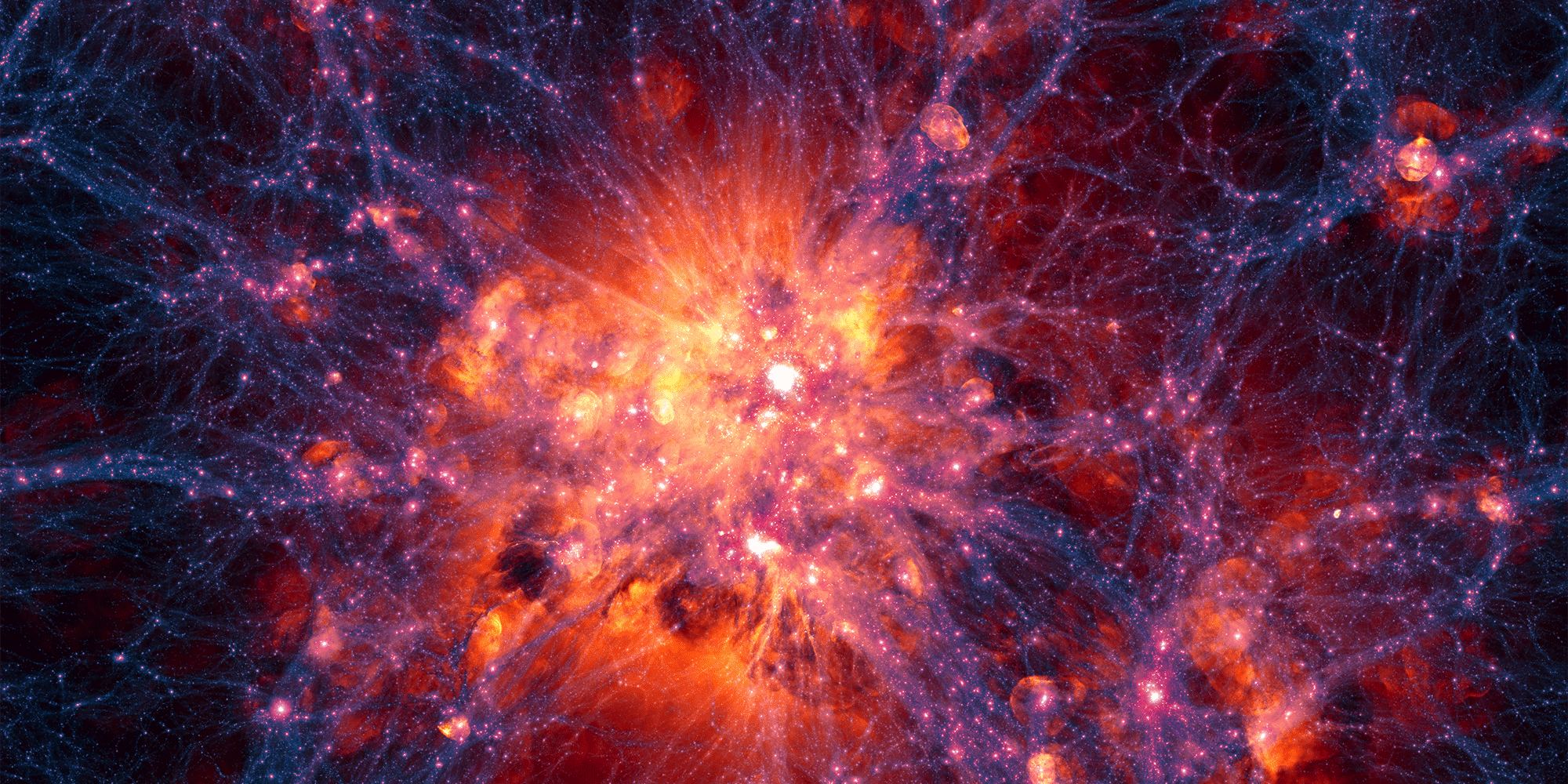Scientists have found that tropical thunderstorms are not only more powerful than previously thought but also produce a constant and surprising amount of gamma radiation. These high-energy emissions, often linked to supernovas and other cosmic events, are now known to occur frequently in Earth’s atmosphere during large storms, shedding light on a hidden atmospheric phenomenon.
The Hidden Power of Thunderstorms
Back in the 1990s, NASA satellites designed to study supernovas stumbled upon an unexpected source of gamma radiation—right here on Earth. At first, it was unclear where these bursts were coming from, but it soon became evident that thunderstorms were responsible. However, the frequency and complexity of these radiation events remained a mystery, as the satellites weren’t specifically equipped to monitor Earth’s atmosphere.
It wasn’t until a team of scientists retrofitted a NASA U2 spy plane to fly above tropical storms that they were able to gather more detailed information. This high-altitude aircraft, typically used for other purposes, became the perfect tool to monitor gamma radiation in thunderstorms, giving scientists the data they needed to unlock the secrets of these powerful storms.
The research, published in Nature, revealed something shocking: nearly all large tropical thunderstorms generate gamma rays, not just occasionally, but continuously throughout the storm. According to Steve Cummer, an engineering professor at Duke University, “Almost all big thunderstorms generate gamma rays all day long, in many different forms.” This means that the radiation is far more prevalent than anyone previously thought.
Understanding the Science Behind Gamma Rays
As thunderstorms build, they create swirling drafts that push water droplets, hail, and ice into a chaotic mix, leading to the creation of massive electric fields. These fields are so strong they can accelerate particles like electrons to tremendous speeds. When these electrons collide with air molecules, they knock loose other high-energy particles, setting off a chain reaction that results in the creation of gamma rays, antimatter, and other radiation.
But that’s just part of the story. Some thunderstorms produce a low-level glow of gamma radiation that seems to simmer beneath the surface without erupting into full-blown bursts. Scientists aren’t yet sure what keeps this radiation from exploding, but it points to a complex, underlying process in these storms.
Flying High to Capture the Data
To fully understand this phenomenon, the research team used NASA’s ER-2 High-Altitude Airborne Science Aircraft, a U2 spy plane capable of flying three miles above the storm clouds. This unique vantage point allowed the scientists to fly directly over the top of the clouds, capturing data in real-time. Over the course of a month, they flew 10 missions over large storms, and nine of these flights revealed significant gamma radiation activity.
“We didn’t expect to see so much radiation,” said Nikolai Østgaard, a professor of space physics and lead investigator. “But what we found is that almost every storm we flew over produced a surprising amount of gamma rays.”
In addition to the expected bursts of gamma rays, the scientists discovered two completely new types of short-duration radiation events. One lasted less than a thousandth of a second, while the other consisted of a sequence of rapid bursts. These forms of radiation appear to occur spontaneously, without any direct connection to lightning, suggesting they may hold the key to understanding how lightning forms.
“These new types of gamma radiation are particularly fascinating because they emerge without the presence of lightning,” said Cummer. “It might be the missing link to understanding how lightning initiates, something that has puzzled scientists for years.”
No Danger to Humans
While this research offers new insights into the power of thunderstorms, it poses little threat to humans. The amount of radiation generated would only be harmful if someone were very close to the source, and aircraft already avoid flying through the cores of thunderstorms due to extreme turbulence.
So, although gamma radiation is being produced in storms all the time, there’s no need to worry about exposure during flights. According to Cummer, “Airplanes already steer clear of thunderstorms due to turbulence, so the radiation isn’t something to be concerned about.”
This study represents a major step forward in understanding thunderstorms and their potential to generate high-energy phenomena. As scientists continue to probe the skies, we are likely to learn even more about the hidden power of our planet’s atmosphere and its role in producing radiation that rivals some of the most energetic processes in the universe.











